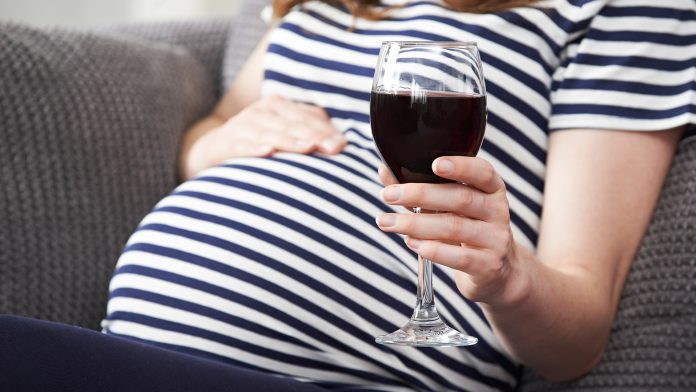
Researchers have used artificial intelligence (AI) to find a link between alterations in the shape of children’s faces and the consumption of alcohol during pregnancy.
The researchers found this association in the children of mothers who drank alcohol up to three months before becoming pregnant but stopped drinking alcohol during pregnancy. The association with altered face shape was found in mothers who drank as little as 12g of alcohol per week – the equivalent of a small 175 ml glass of wine or 330 ml of beer.
The study, titled ‘Association between prenatal alcohol exposure and children’s facial shape: a prospective population-based cohort study’, had been published in the journal Human Reproduction.
What does facial shape tell us about a child’s health?
The shape of a child’s face can indicate health and developmental problems; therefore, these findings are highly important.
“I would call the face a ‘health mirror’ as it reflects the overall health of a child. A child’s exposure to alcohol before birth can have significant adverse effects on its health development and, if a mother regularly drinks a large amount, this can result in foetal alcohol spectrum disorder, FASD, which is reflected in children’s faces,” said Gennady Roshchupkin, assistant professor, and leader of the computational population biology group at Erasmus Medical Centre.
Symptoms of FASD include cognitive impairment, attention deficit hyperactivity disorder (ADHD), learning difficulties, memory problems, behavioural problems, and speech and language delays.
It is already known that FASD is caused by the consumption of alcohol during pregnancy, particularly heavy consumption. However, before this research, little was known about the effect of low alcohol consumption on children’s facial development and the wider health implications.
The researchers used AI and deep learning to analyse 3D images of children’s faces taken at nine (3149 children) and 13 years old (2477 children). The children were part of the Generation R Study in The Netherlands – an ongoing study of pregnant women and their children.
Information on the mothers’ alcohol consumption during pregnancy and leading up to pregnancy was recorded via questionnaires. The researchers divided the participants into three groups: mothers who did not drink before or during pregnancy (the control group), mothers who drank during the three months before becoming pregnant but stopped when they became pregnant, and mothers who drank during pregnancy.
“We found a statistically significant association between prenatal alcohol exposure and face shape in the nine-year-old children. The more alcohol the mothers drank, the more statistically significant changes there were. The most common traits were turned-up nose tip, shortened nose, turned-out chin and turned-in lower eyelid,” said Mr Xianjing Liu, first author of the study.
Even low levels of alcohol in pregnancy affect facial shape
The association between alcohol exposure and children’s facial shape could be observed in mothers who drank relatively little during pregnancy (less than 12g a week). This is the first time this association has been shown at such low levels of alcohol consumption.
The link between alcohol consumption and face shape lessened in older children, and no significant association was found in children aged 13.
“It is possible that as a child ages and experiences other environmental factors, these changes may diminish or be obscured by normal growth patterns. But that does not mean alcohol’s effect on health will also disappear. Therefore, it is crucial to emphasise that there is no established safe level of alcohol consumption during pregnancy and that it is advisable to cease drinking alcohol even before conception to ensure optimal health outcomes for both the mother and the developing foetus,” explained Professor Roshchupkin.
The team found statistically significant facial traits in nine-year-olds were associated with mothers’ alcohol consumption when they compared those who drank before pregnancy but stopped after becoming pregnant with mothers who continued drinking throughout pregnancy.
The researchers also analysed data for women who drank during the first trimester of pregnancy but then stopped and those who continued to drink alcohol. The results were similar, which suggested to the researchers that the associations were likely due to the foetus’s exposure to alcohol in the first three months of pregnancy.









